Podcast: Play in new window | Download | Embed
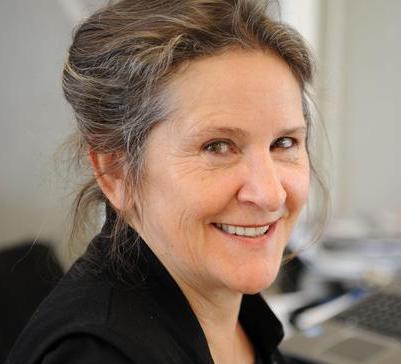
Throughout her career, Anne SalmnoIn has always been interested in sustainable architecture. In 2019 she was made a Distinguished Fellow of the New Zealand Institute of Architects, a high honour available to a maximum of only ten people at any one time. As a trailblazer throughout her career, Anne is a worthy recipient of this title. At one time Anne was told that she was running the largest architecture firm in the country that was directed by women.
In our interview, Anne and I discuss her growing interest in sustainable architecture, passive solar and Passive House, Living Building Challenge and some of the exciting projects she’s currently working on.
We pick up the interview discussing where Anne’s interest in sustainability originally came from.
It Was All About the Oil
Anne studied Architecture in Wellington during the oil shock of the 70s. Dealing with car-free days and occasionally having scarce petrol syphoned from her parked car while she was at college, brought home the message about the need to be resourceful. This was an early introduction to ideas about sustainability that would go on to shape Anne’s work for years to come.
Growing a Demand for Sustainable Architecture
During her career, Anne has seen a shift in what people know and what they demand from their buildings. She used to have to do ‘sustainability by stealth’, sneaking in extra insulation to the design without the clients knowing. Anne feared that if asked, or if they found out, clients would want it taken out to reduce costs. Nowadays, clients are attracted to Anne because they want the type of sustainable architecture that she’s become well known for.
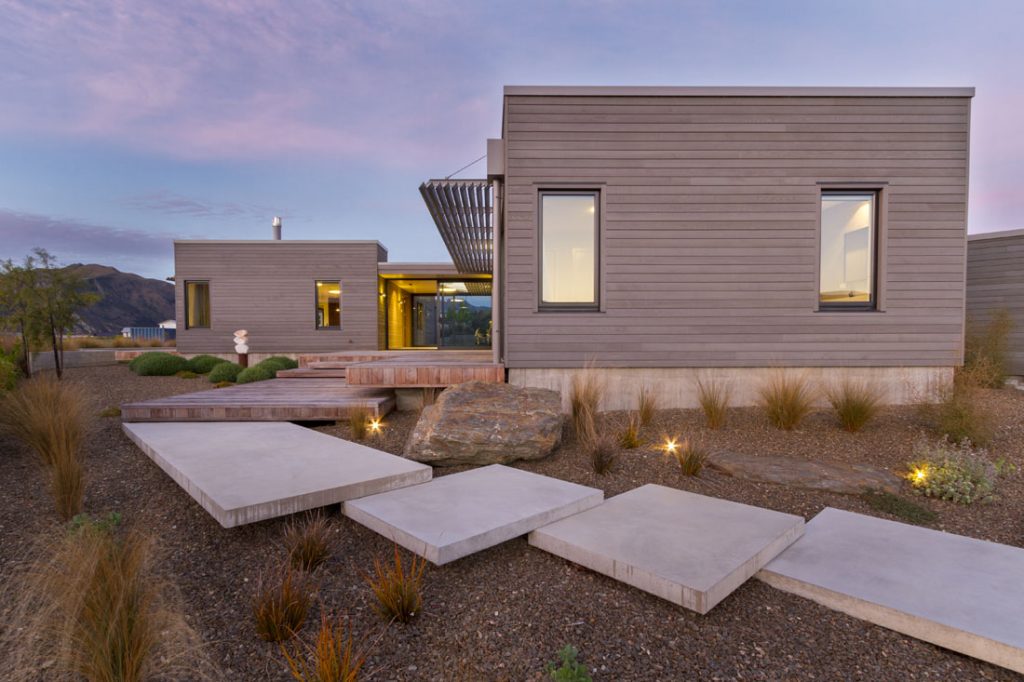
Improving Standards
The gradual change in the market towards higher performance has been the result of years of work by many people. Ground-up change is very slow, says Anne. Legislation can make big changes quickly, such as when glazing requirements were updated. The cost of double-glazing dropped very quickly.
Anne is confident that our building standards will continue to change and improve, in time.
Health and Comfort over Energy Efficiency
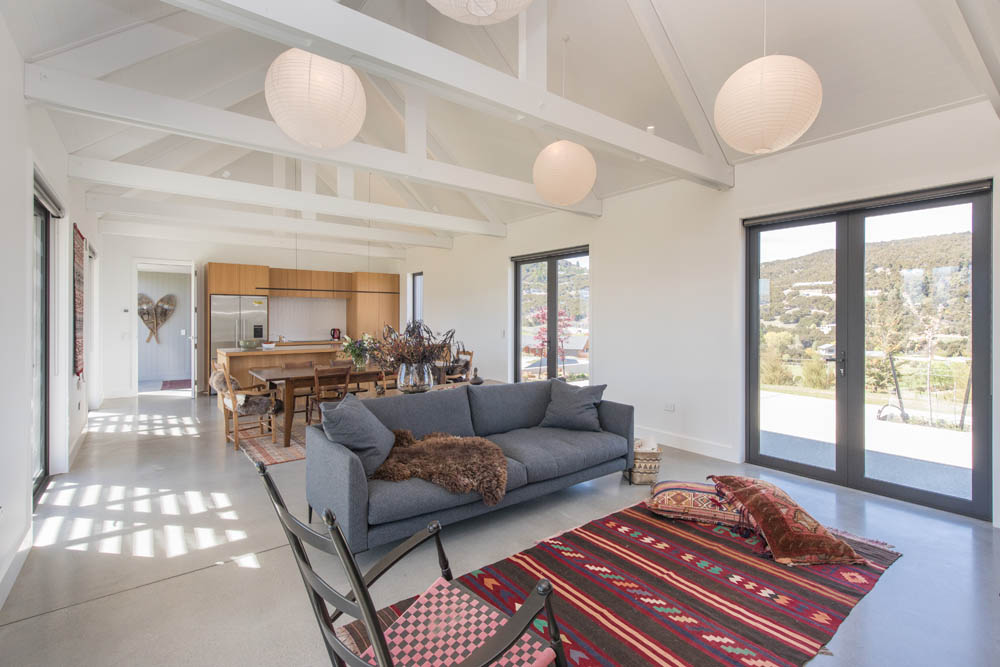
Energy efficiency is one element, explains Anne, but the main driver for better homes is always health and comfort.
From Passive Solar to Passive House
While still at college, Anne did some research into early earth houses utilising thermal mass. Through reading books from overseas, she taught herself about passive solar design.
Anne first heard about Passive House much later on. Her initial reaction was that it’s a style of building with thick walls and small windows, suited to parts of Europe where there’s snow on the ground for three or more months each year.
Passive solar design relies on a good site, orientated towards the sun.
Passive House, on the other hand, makes use of airtightness and insulation and reduces the need for the perfect site. This is very useful in places like Wanaka and Queenstown where the orientation is most often dictated by stunning views.
A Pragmatic Approach to Sustainable Design
The big decisions that have the most effect on a sustainable building, are made in the early stages of design. The easiest way to reduce the cost, for example, is to build smaller.
Anne likes a pragmatic ’80:20 approach’, seeking the get the best performance for her clients’ money, while also weighing up other needs and wants. She tends to focus on ‘high performance houses’, with an air change rate of than 1.0 ACH (instead of the tougher Passive House standard of 0.6 ACH). In this regard, Anne is happy to meet Passive House Low Energy Standard, because sometimes other things are important to clients.
Anne likes combining Passive House and Living Building Challenge because Passive House can achieve the energy petal of LBC.
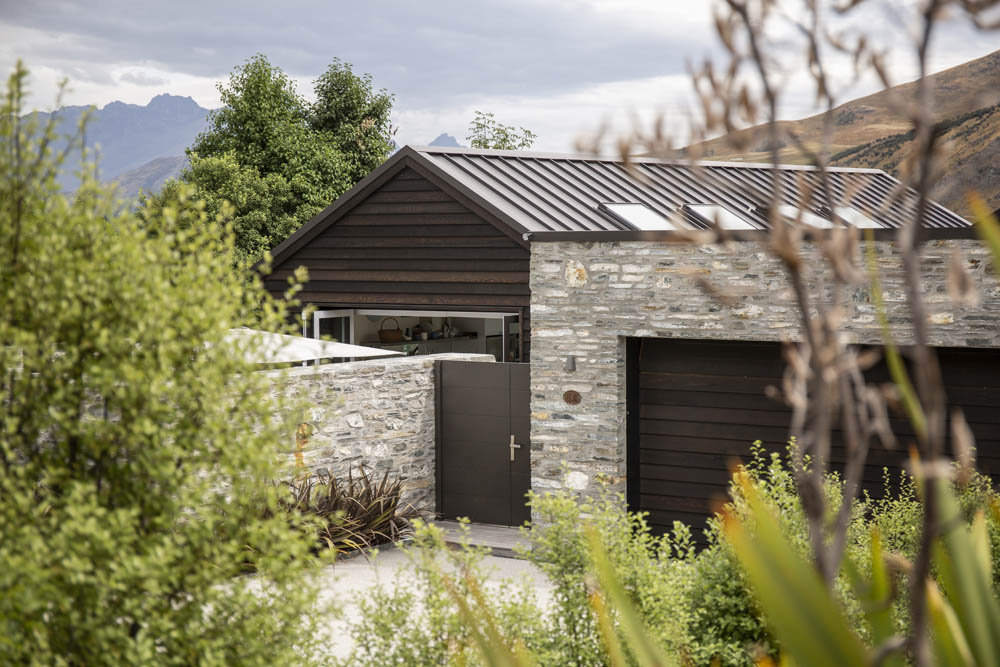
Passive House Community Building
An exciting project that Salmond Architecture has started work on is the redevelopment of Luggate Memorial Hall which could very well be New Zealand’s first Certified Passive House community building. The building is a simple shape. “It’s just a well-insulated box”, joked Anne. There are however some ventilation challenges for a Passive House building of this nature with a big variation in usage. Eighty people inside an airtight building create a lot more heat than a small meeting of four or five!
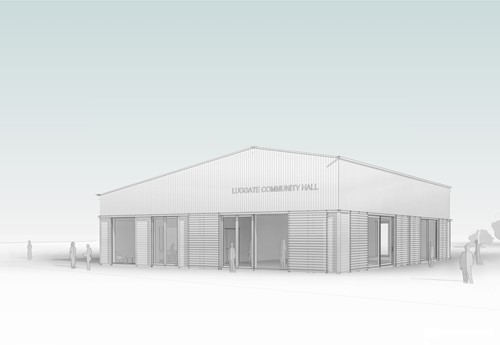
Image: Queenstown Lakes District Council
Compromises and Surprises
A lot of architecture is about compromises, says Anne. While you rarely achieve absolutely everything the client wants at the start, the end product often produces some ‘wonderful surprises’.
Listen to Anne’s interview from November 2019 on Radio New Zealand here.
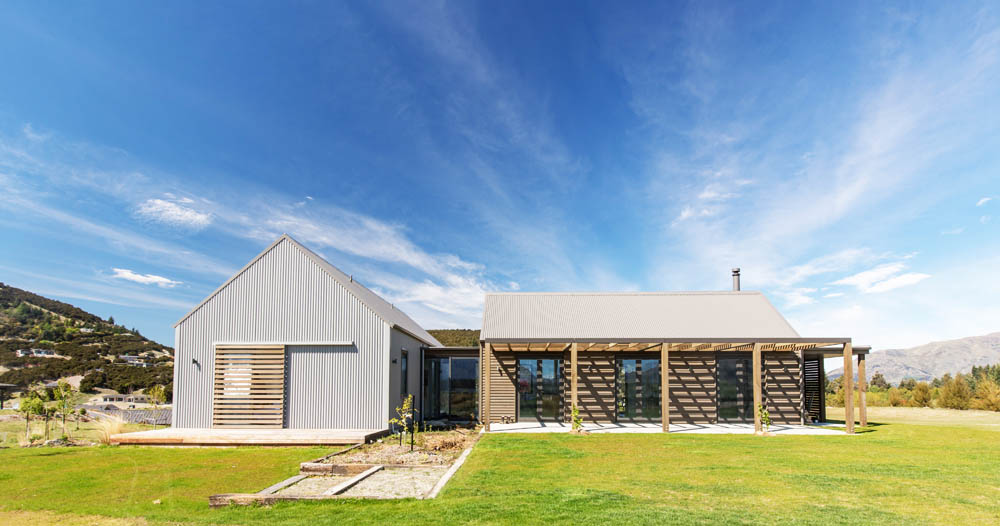
Leave a Reply